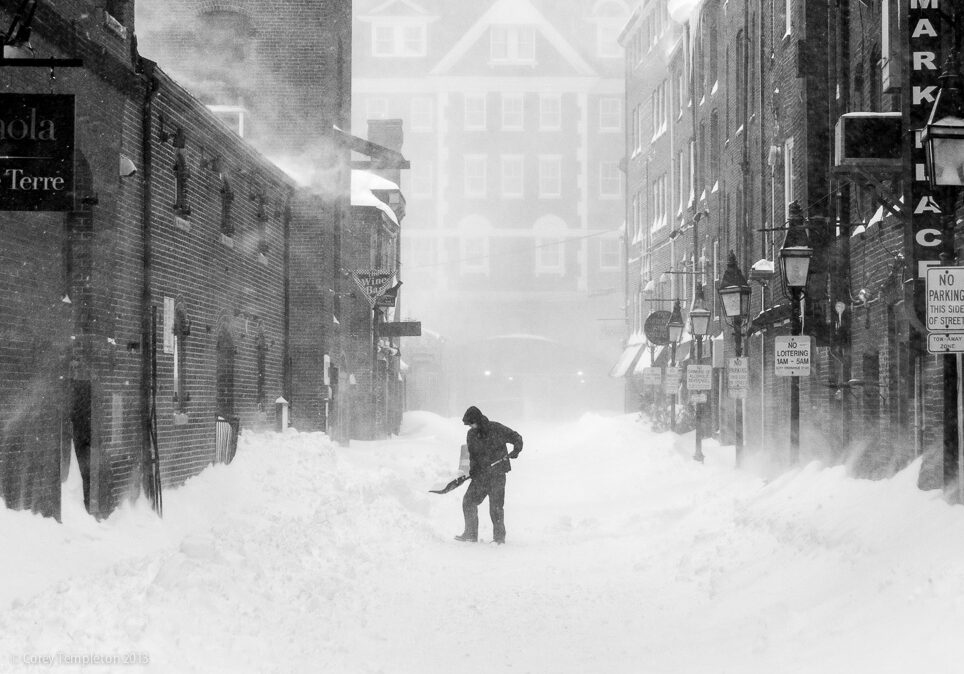Journalist Nate Seltenrich wanted to learn more about how climate change—and the extreme and unpredictable temperature changes that come with it—will impact public health. What he found surprised him.
That’s because while the Centers for Disease Control and Prevention and media have focused a lot on the risks from extreme heat, the numbers tell a different story.
Looking at over 50 studies and sources for an article in the journal Environmental Health Perspectives, Seltenrich found that cold-related deaths actually outpaced heat-related deaths by a 2 to 1 margin.
“I was somewhat resistant to accept it,” he says. “More people are exposed to cold and moderately cold weather on more days than are exposed to dangerously hot weather. And that’s just because of the climate of our planet.”
And cold doesn’t need to be very cold to be deadly. If you aren’t dressed for it, even moderately cold temperatures can cause hypothermia. Seltenrich says that can lead to disorientation and accidents.
“You don’t think about it because [cold weather] is an everyday occurrence. But if you live somewhere like London, there’s a lot of cold weather, and just statistically, it adds up.”
LISTEN: “Even in an era of climate change, cold is a big killer”
Deaths from cold are even a problem in locations where you wouldn’t expect it. In places like Australia, Seltenrich says cold weather is responsible for both hospitalizations and deaths. And that may have important implications for public health policy and climate change mitigation strategies, like home renovations.
Take a popular style of home in Australia called the Queenslander. It’s a house that sits up off the ground, often on stilts, so that cool breezes can pass under the house and keep it well ventilated during the warm, humid summers. In the winter, though, the Queenslander is harder to heat.
“The same thing that makes that style of house more comfortable in the summer makes it more dangerous in the winter,” Seltenrich says.
Seltenrich says, for now, the public health focus remains on risks from heat, even though one study found that even with projected extreme and average temperature increases, cold weather will remain the bigger threat through the end of the century.
Of course, heat waves are dangerous and deadly too. In 2006, during a two-week heat wave in California, 655 people died of heat-related issues. High temperatures cause heat stroke, dehydration and can exacerbate pre-existing conditions like heart and lung problems. Seltenrich says heat waves will only become hotter and more frequent in the coming decades.
Mortality related to hot and cold temperatures is a complex issue. It’s one that Seltenrich says needs more study, but that shouldn’t prevent public health workers from trying to mitigate the impacts of climate change where it makes sense. That means things like giving out warm clothing when it gets cold, and then evaluating if those interventions made a difference in people’s health.

